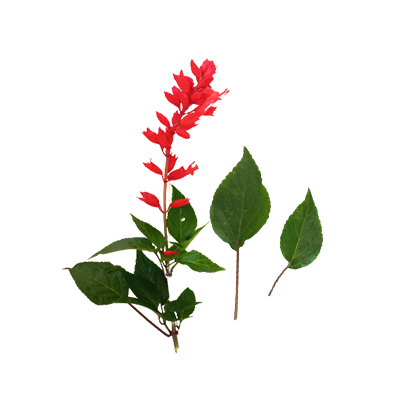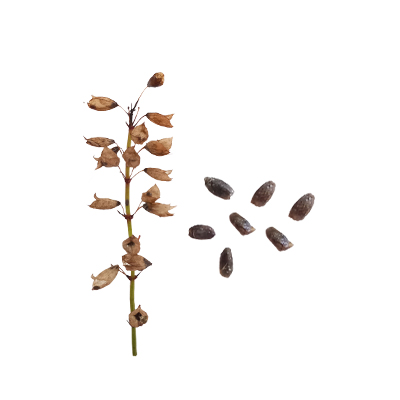Scarlet Sage
Salvia splendens Sellow ex Schult.
Lamiaceae
Location in our garden
Principal
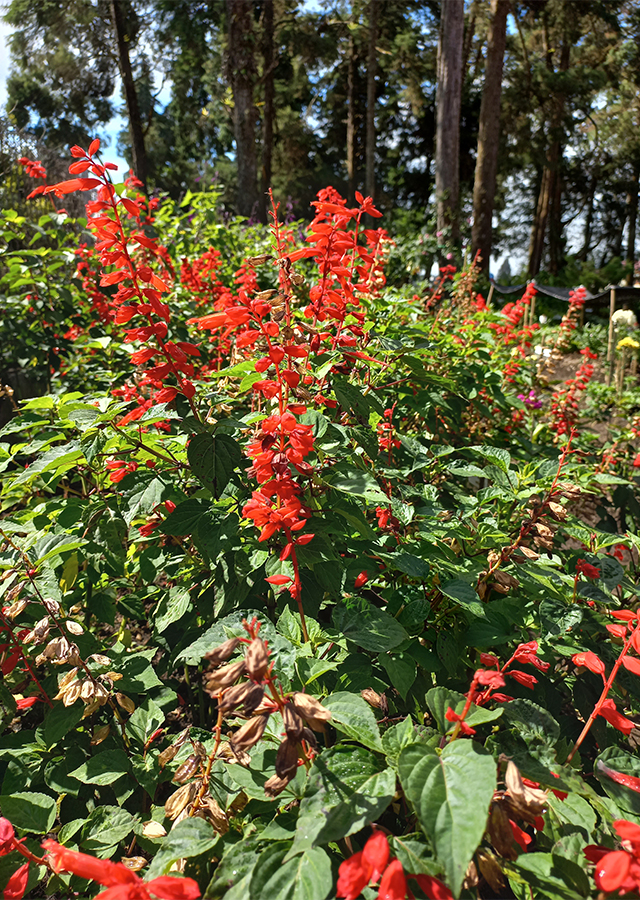
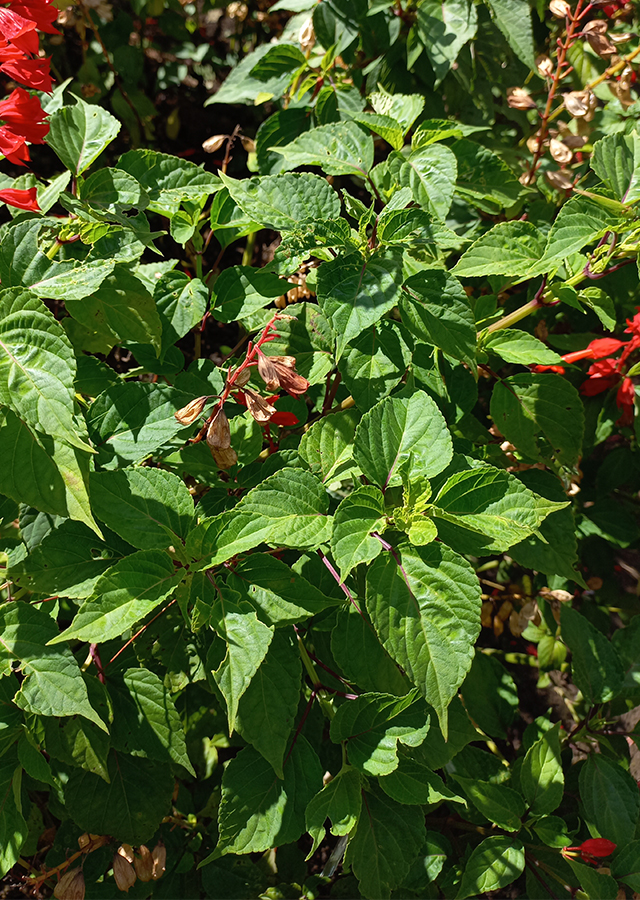
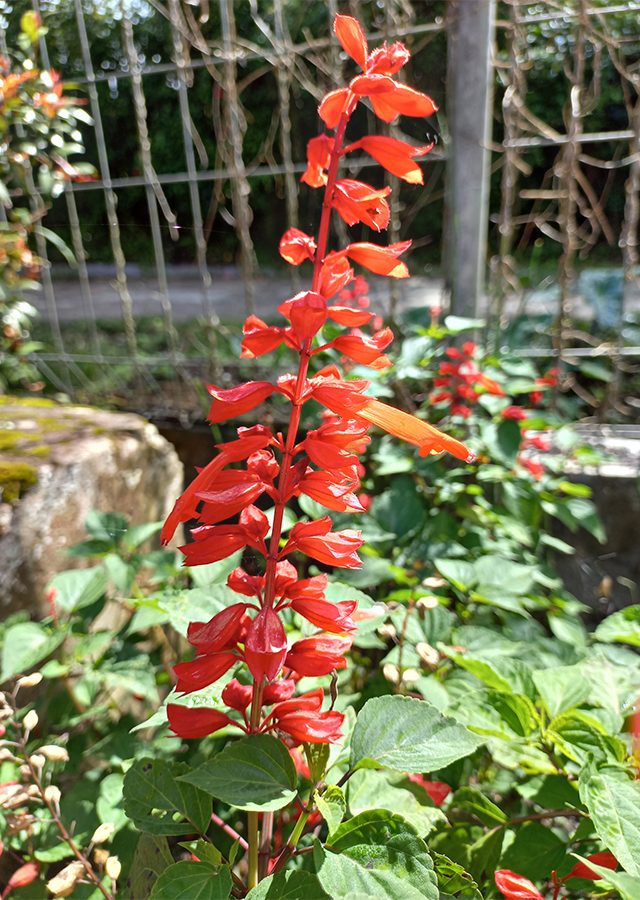
Synonym
Fenixanthes splendens ( Sellow ex Schult.) Raf.
Jungia spendens (Sellow ex Schult.) Sojak
Salvia brasiliensis Spreng.
Habitus
Herbaceous. A small tender herbaceous perennial shrub, growing to a height of 90 cm.
Part Used
Leaves
Seeds
Roots
Stem
The Whole Plant
Growing Requirements
Full Sunshine
Drought Resistant
Habitat
Roadside
Terrestrial
Overview
Its native distributions are Brazil, Mexico and Southern United States. Beside being an ornamental plant, this plant also has medicinal benefits.
Vernacular Names
Pao zi hua (Chinese), Vuursalie (Dutch), Sauge écarlate (French), Feuersalbei (German), Kkaekkot (Korean), Ateş çiçeği (Turkish).
Agroecology
Scarlet sage is quite drought tolerant and can grow in a wide range of soil types from loam and sand, to acid and loam. This species thrives in full sun in cooler climates but tolerates shade, especially in areas with very hot summers. It prefers average to slightly dry, well-drained soil. This species generally grows in the highlands and lowlands, between 0 and 3000 m above sea level.
Morphology
- Roots - taproot, pale brown.
- Stems - erect, quadrangular stems, branched, green, hairy.
- Leaves - opposite, 3 - 8cm long, dark to medium green, elliptical with serrate or toothed margins.
- Flowers - borne in whorls, densely packed on spike-like terminal racemes of about 12 - 25cm long. Flowers are scarlet in colour. The calyces remain on the plant after the flowers have fallen off.
- Fruits - bulat, hijau.
- Seeds - kidney shape, small, black.
Cultivation
Propagated by seeds.
Chemical Constituents
Alkaloids, anthocyanins, flavonoids, phenols, glycosides, reducing sugars, saponins, sterols, terpenoids, tannins, and essential oils (phytol, cyclooctasulfur, and 2,2'-methylene-bis[6(1.1-dimethylethyl]-phenol).
Traditional Medicinal Uses
- It is purportedly useful for curing diarrhoea and removing mucous congestion.
- It is also considered useful for drying breast milk in mothers who are trying to wean their babies.
Part Used
Reference Sources
- Stuartxchange. 2019. Philiphine Medicinal Plants: Salvia. http://www.stuartxchange.org/Salvia. 24-01-22
- Flora Fauna Web. 2021. Salvia splendens. https://www.nparks.gov.sg/florafaunaweb/flora/2/4/2414. 24-01-22
- CAB International. 2022. Salvia splendens (scarlet sage). https://www.cabi.org/isc/datasheet/48213. 24-01-22



